What is a 1031 Exchange?
A 1031 exchange is a tax-deferral strategy in the U.S. that allows investors to sell a property and reinvest the proceeds into a like-kind property, deferring capital gains taxes. The new property must be identified within 45 days and purchased within 180 days.
How a 1031 Exchange Works
A 1031 exchange lets you swap one investment property for another while deferring capital gains taxes that would usually apply when selling a property. The key to this strategy is the IRS’s timeline: you have 45 days to identify potential replacement properties and 180 days to close the deal.
Understanding "Like-Kind" Properties
The term "like-kind" is broader than it sounds. It doesn’t mean exchanging a house for another house. You can exchange various types of real estate—like a rental property for a commercial building—as long as both are held for investment or business purposes.
The 45-Day and 180-Day Rules
The clock starts ticking as soon as you sell your property. You’ve got 45 days to identify potential replacement properties, and while you don’t need to close within that period, you must identify them. Then, you have 180 days from the sale of the original property to complete the purchase.
Benefits of a 1031 Exchange
Deferring Taxes
The most obvious advantage is deferring capital gains taxes, allowing you to reinvest more money into your next property. This can mean acquiring a larger or more profitable asset, which could lead to higher returns.
Diversifying Your Portfolio
A 1031 exchange gives you flexibility in diversifying your investments. For instance, you can move from residential to commercial real estate or shift to a different geographic market, spreading risk and tapping into new opportunities.
Estate Planning Advantages
Holding onto the replacement property until your death can offer estate planning benefits. Your heirs can inherit the property with a stepped-up basis, avoiding capital gains taxes on the appreciation.
The Role of a Qualified Intermediary
The IRS requires a Qualified Intermediary (QI) to handle the exchange. The QI acts as a middleman, holding the sale proceeds and using them to buy the replacement property. Directly handling the funds yourself can disqualify the exchange, so a QI is crucial.
Common Pitfalls to Avoid
Finding a Replacement Property
One of the biggest challenges is identifying a suitable replacement property within 45 days.
Market conditions can make this tricky, so it’s wise to have options lined up before selling your original property.
Costs of a 1031 Exchange
Remember that a 1031 exchange isn’t free. You’ll incur costs for the Qualified Intermediary’s services, plus legal and closing fees. Ensure these costs don’t outweigh the tax benefits.
Future Tax Considerations
Deferring taxes now doesn’t mean you won’t owe them later. If you sell the replacement property without doing another 1031 exchange, you’ll owe capital gains taxes. Be mindful of potential future tax increases, which could impact the amount you eventually pay.
Is a 1031 Exchange Right for You?
A 1031 exchange can be a powerful tool, but it’s not for everyone. If you’re looking to grow your portfolio and defer taxes, it’s worth considering. However, if you need to cash out or use the proceeds for other purposes, it may not be the best option.
Ready to Explore a 1031 Exchange?
A 1031 exchange can help you maximize your real estate investments. Whether you’re expanding your portfolio or seeking tax advantages, understanding this strategy is key. Contact us today to learn how we can guide you through the process and help you achieve your investment goals.


